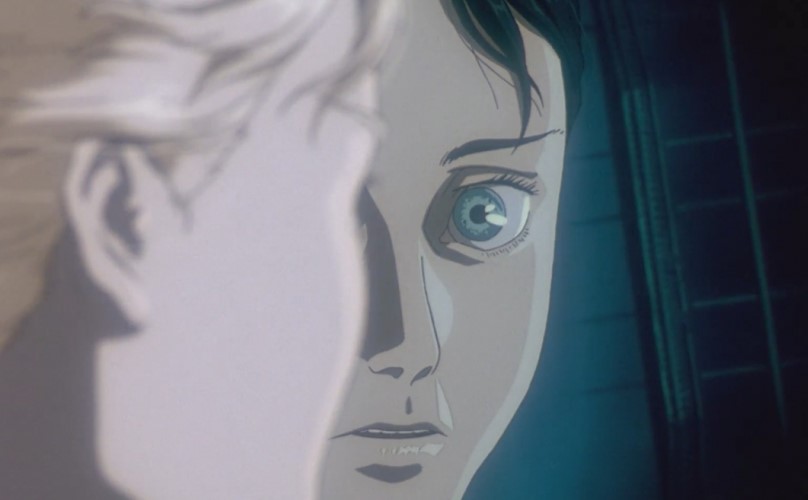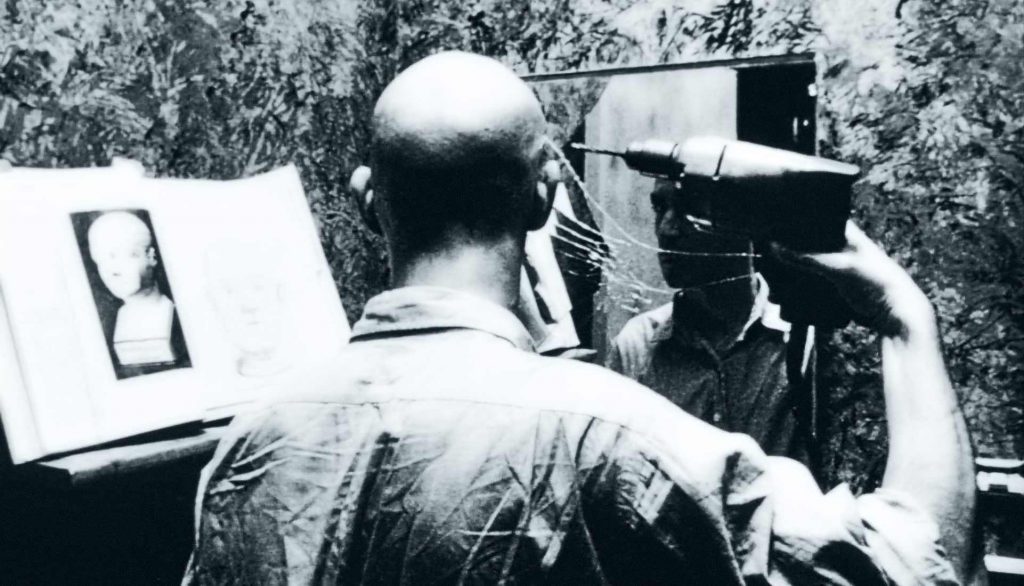Shells, Ghosts and the God Left Out of the Machine: Part II – Philosophy & Gnosticism Within Transhumanism & Mamoru Oshii’s Ghost in the Shell

Read Part I: Shells, Ghosts & The God Left Out of the Machine: A Literature Review. Abstract Ghost in the Shell (1995) has often been interpreted under dualistic terms; an example of cyberpunk’s perpetuation of the Cartesian separation between mind and matter. When examining the transhumanist ideology underlying the film, however, a more esoteric form […]
Shells, Ghosts & The God Left Out of the Machine: Part I
The following is a literature review to support an essay on how Mamoru Oshii’s Ghost in the Shell (1995) engages with philosophical and religious themes underlying transhumanism and the cyberpunk genre. Read Part II: Shells, Ghosts and the God Left Out of the Machine: Philosophy & Gnosticism Within Transhumanism & Mamoru Oshii’s Ghost in the […]
Puzzle and Mind-Game Storytelling in Darren Aronofsky’s Pi

Darren Aronofsky’s psychological thriller Pi (1998) is notable for its use of puzzle and mind-game film storytelling techniques. The film follows protagonist Max Cohen (Sean Gullette), a mathematical genius and anxiety-ridden paranoiac, as he attempts to decipher a hidden pattern which underlies reality. Reflexively, his journey and the film’s structure itself take on the form […]
The Superhero Through Mythology and Philosophy – How Academic Writing on Alan Moore’s Watchmen Considers Identity & Ideological Power

Richards Reynolds (1992) has described the superhero genre as a modern mythology. He discusses how the genre often reflects the socio-political ideologies of society, and offers Alan Moore’s comic series Watchmen (1986-1987) as a key text which subverts the superhero identity. In Moore’s own words, his work on Watchmen is an application of the Solve […]
